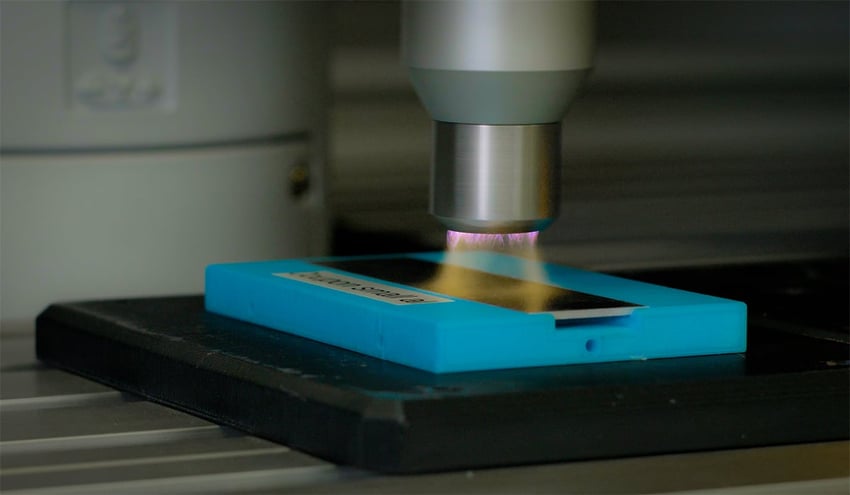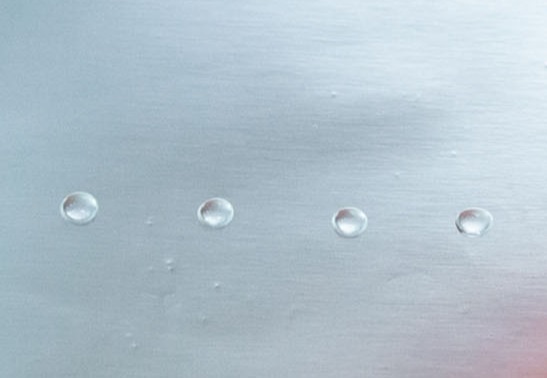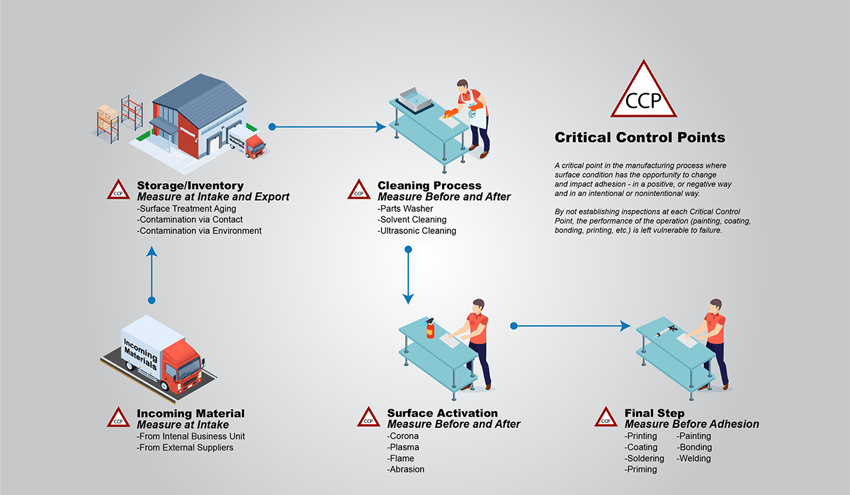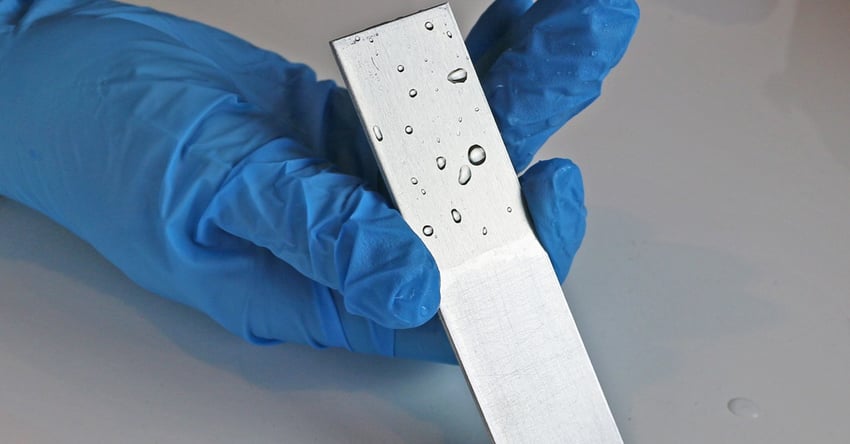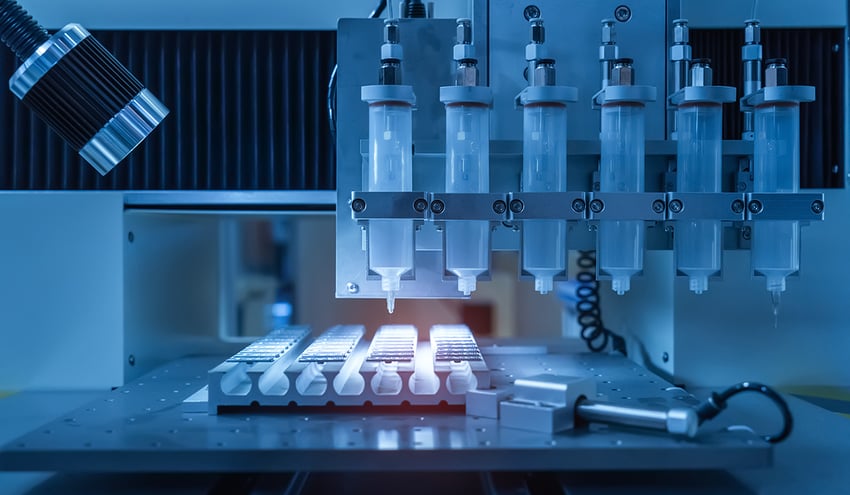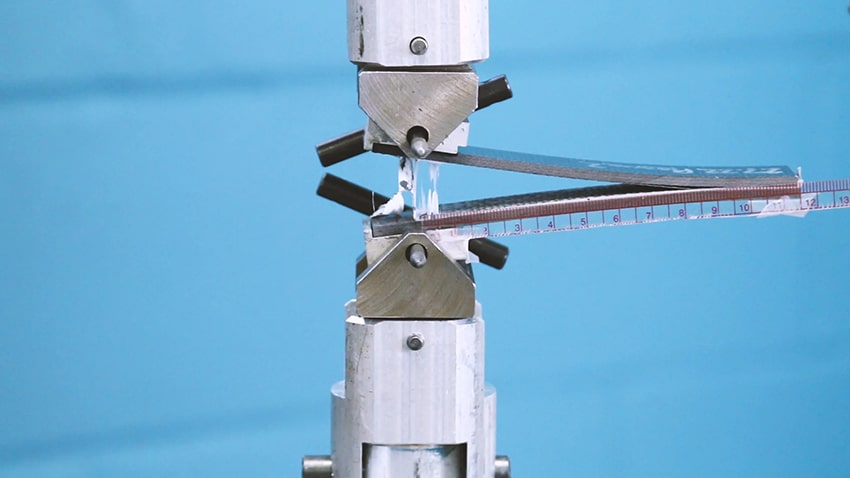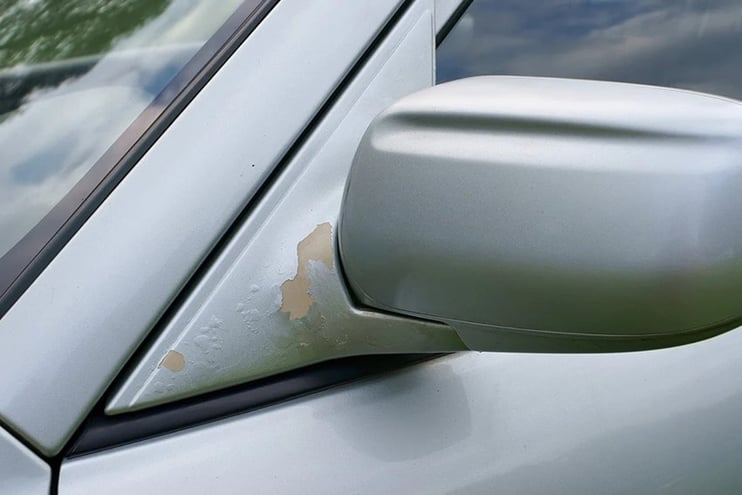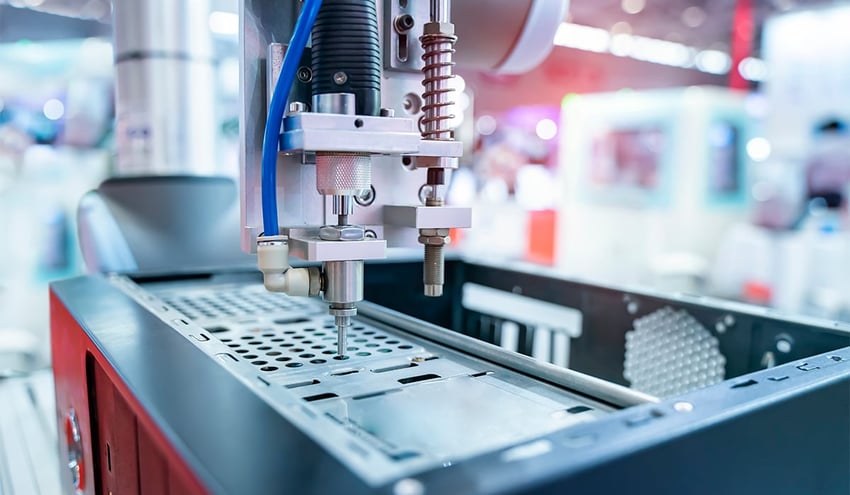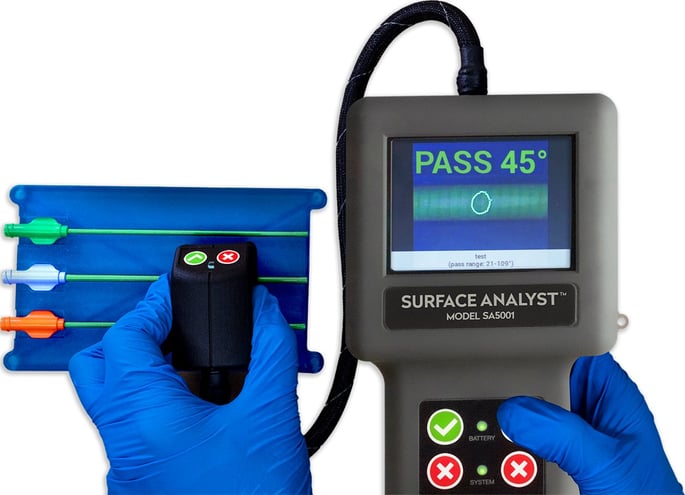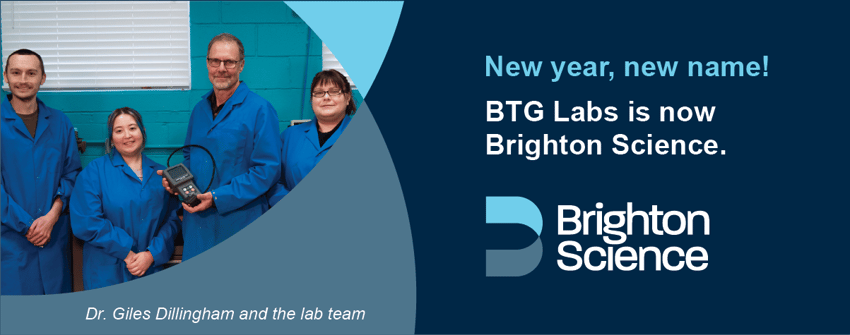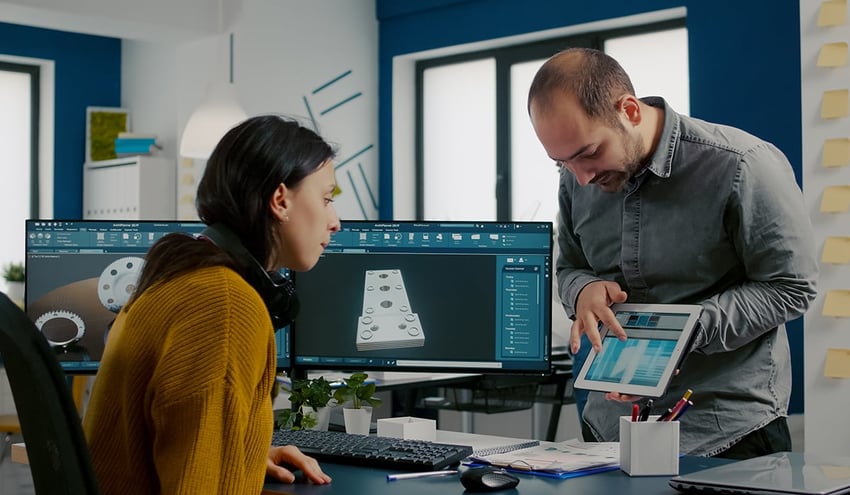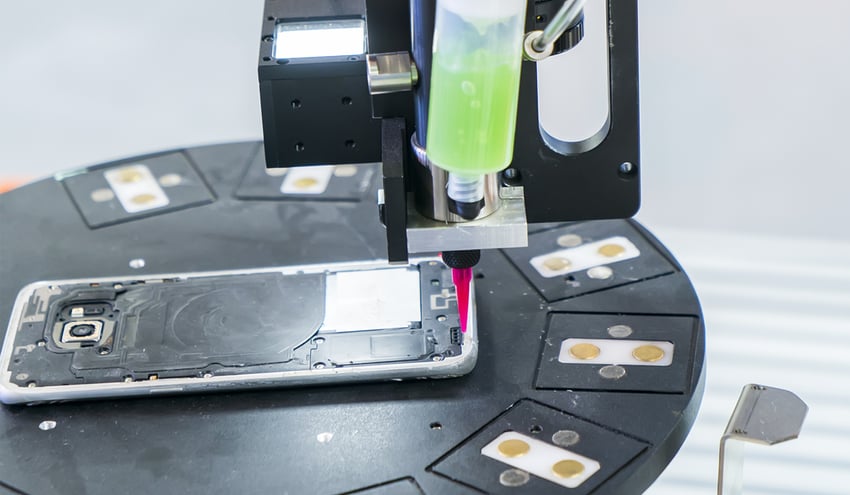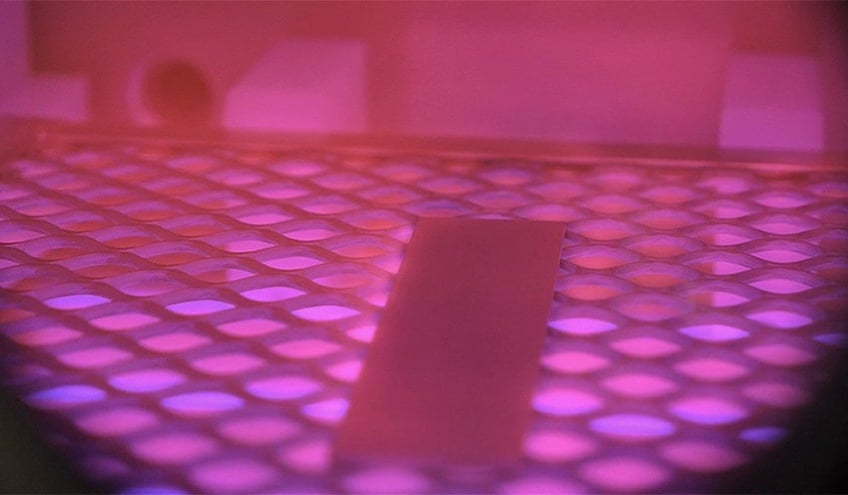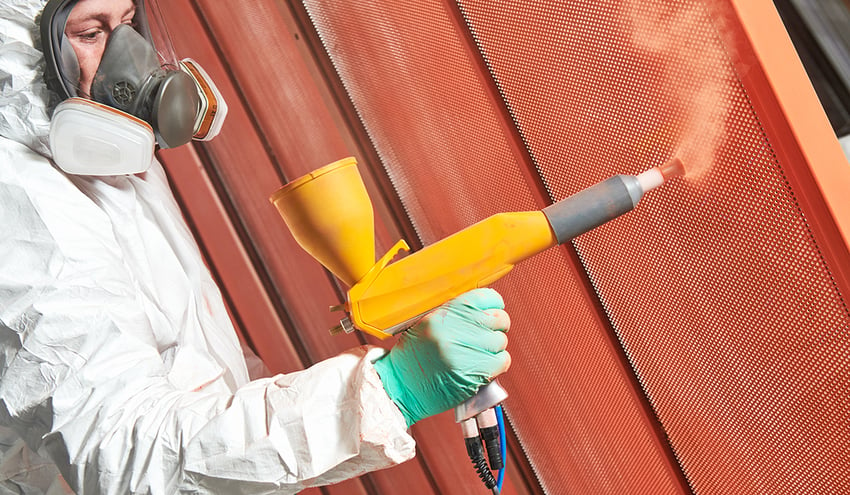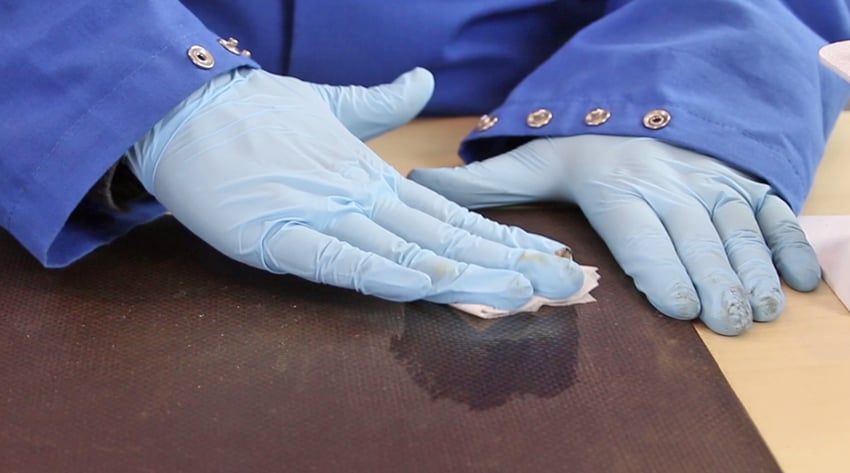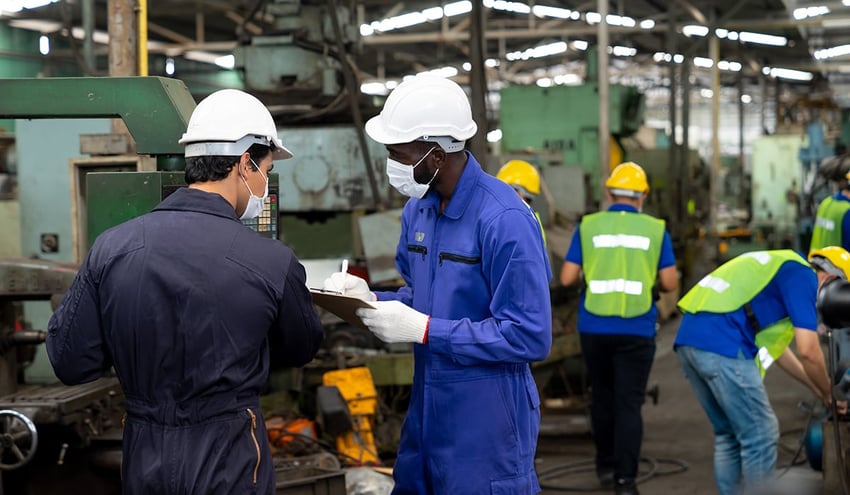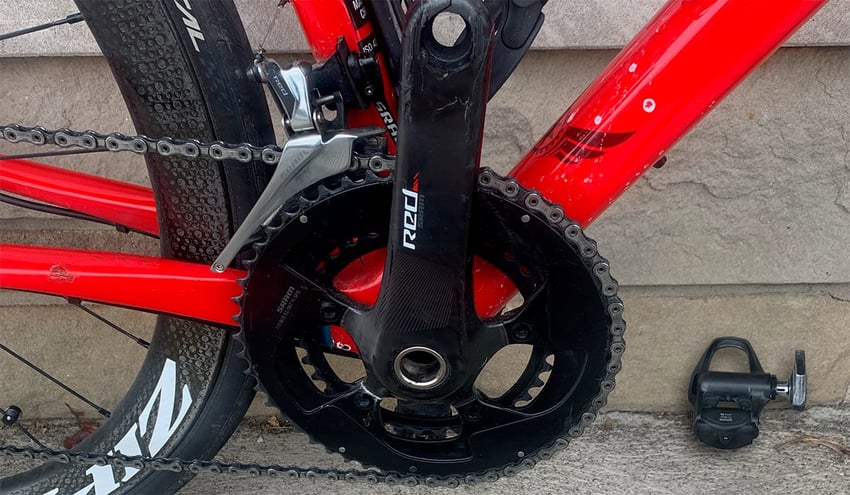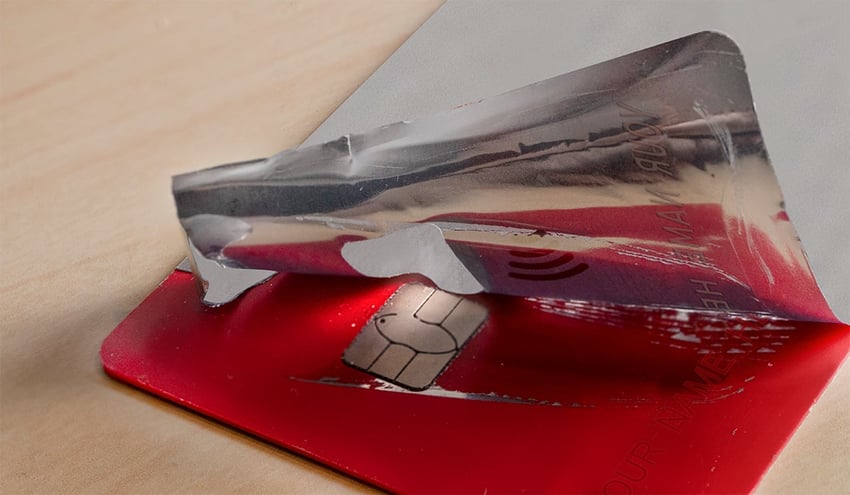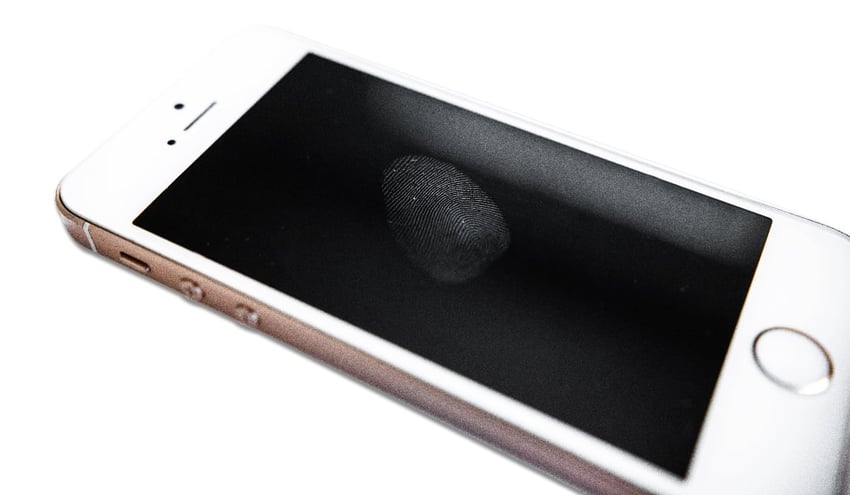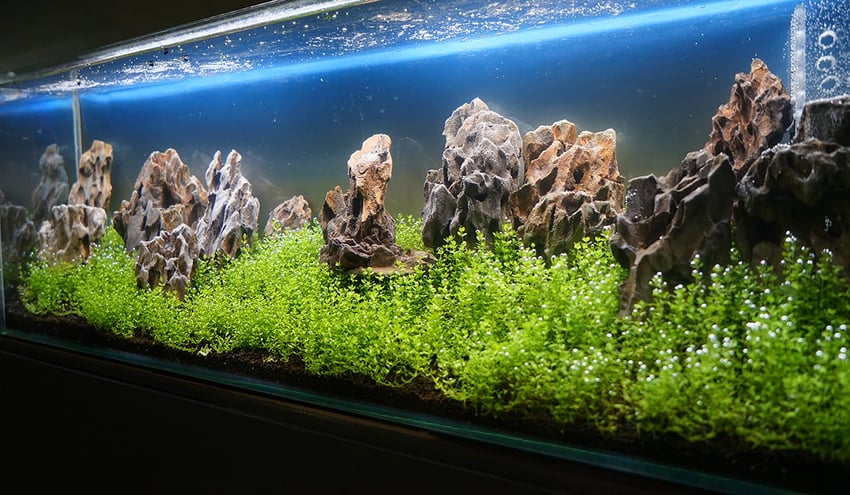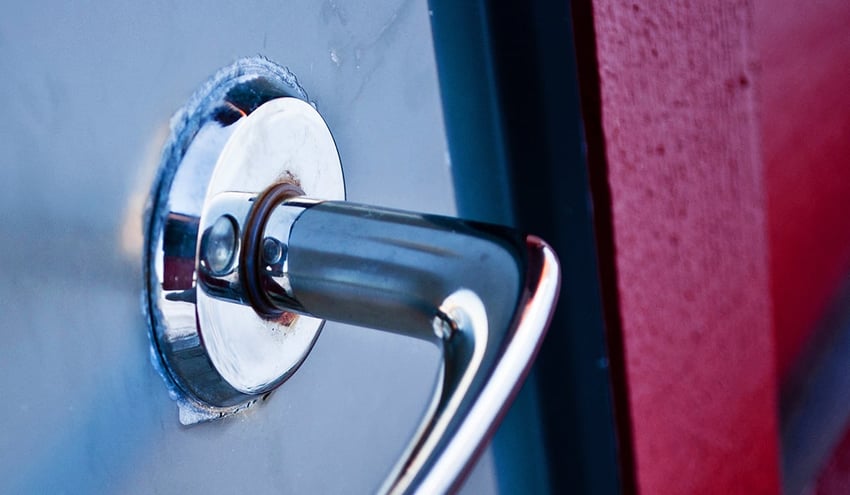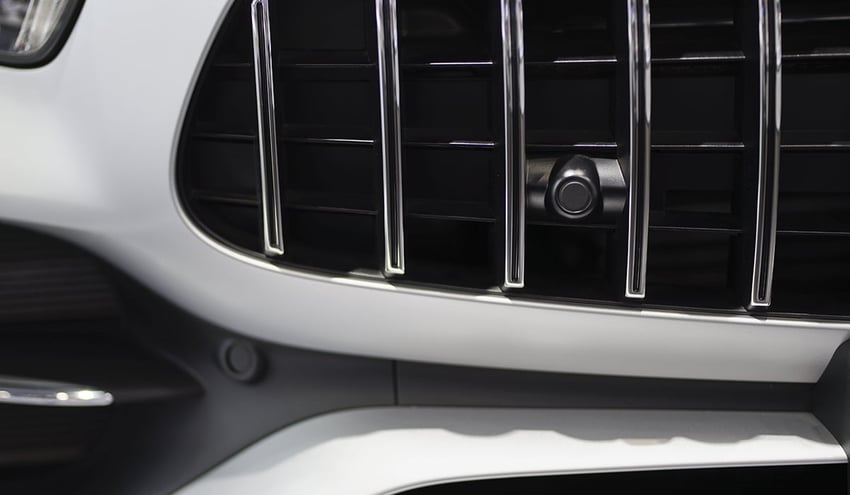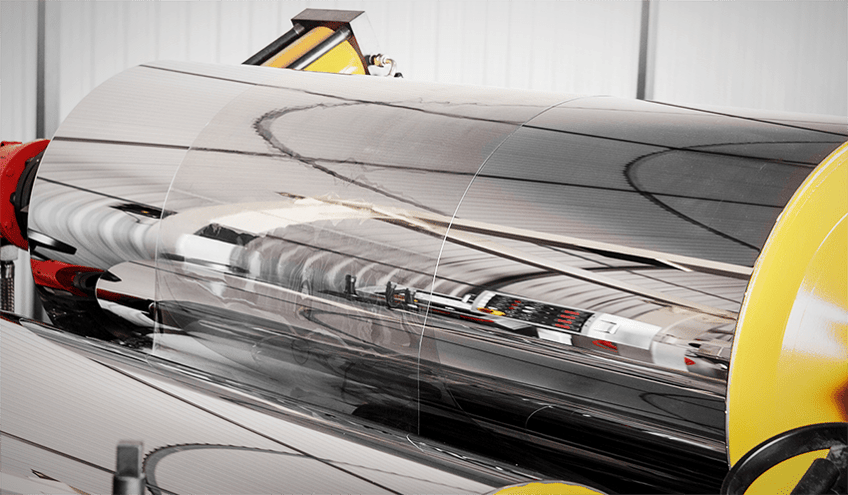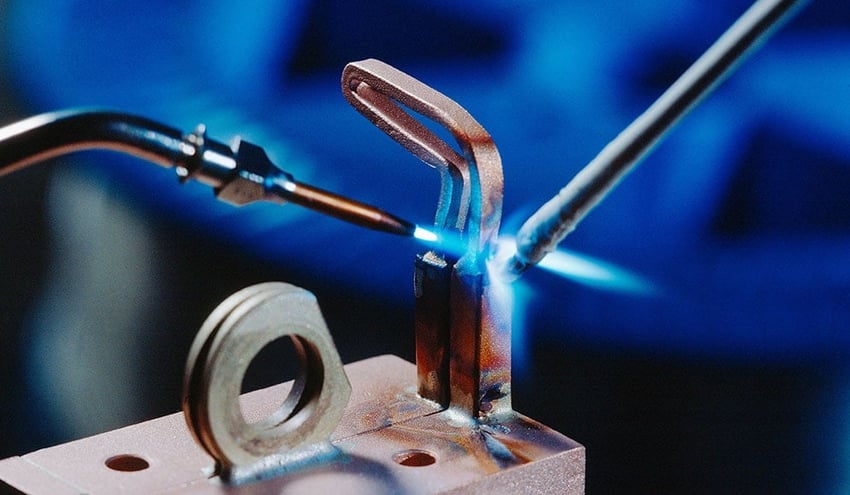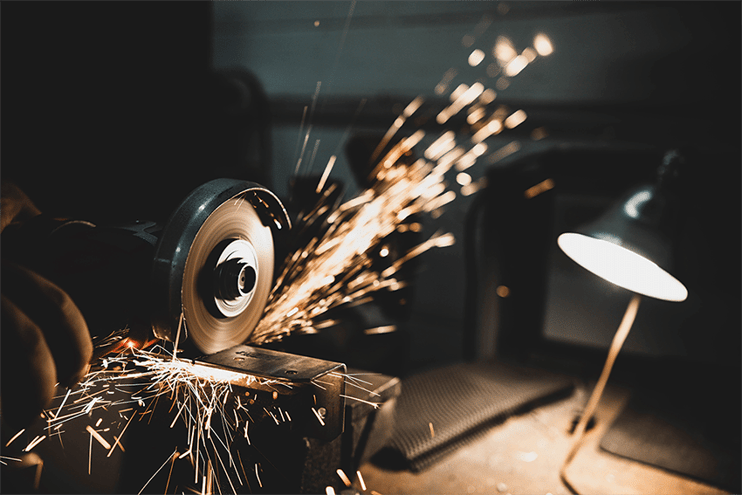In last week’s blog post, Using Plasma for Surface Cleaning and Activation, Rose Roberts, Ph.D., Brighton Science's (formerly BTG Labs) Senior Custom Applications and Materials Engineer, discussed how to use plasma for the dual purposes of cleaning critical surfaces and activating critical surfaces as they are prepared for bonding, coating, sealing, painting, or printing. In this week’s post, she will provide tips regarding how to enhance plasma use at your site.
How Do You Optimize Plasma Treatment Usage at Your Facility?
In this next section, Rose describes the importance of understanding upstream processes that impact the surface that you’re going to treat with plasma. Important considerations include the chemical composition of upstream contaminants as well as the level of soil that may be on the surface. Let’s see what Rose has to say:
Matching the Gas Used in Your Plasma Unit to Your Intended Purpose
Plasma equipment is often used with different types of gas for surface activation. Determining which type of gas to use depends on the surface treatment outcome needed. For example, compressed air and argon are two types of gas that might be used for plasma treatment. Oxygen is the workhorse component of most plasma processes, and compressed air is inexpensive to get oxygen into a process. When excited and/or ionized in a plasma, oxygen will oxidize organic materials present on inorganic surfaces (metals, ceramics, glasses) to CO2 and H2O, allowing them to be pumped away. On organic surfaces, oxygen-containing plasmas can partially oxidize the surface to create polar organic groups such as hydroxyls and carboxylates. Surfaces oxidized this way can show greatly enhanced adhesion to paints, coatings, and adhesives.
Revolutionize Your Manufacturing with Surface Quality Inspection Technology.
As argon is an inert gas with little to no chemical reactivity (even when excited or ionized in a plasma), it can be of limited utility when the desired outcome is chemical activation or contaminant removal. However, in combination with a reducing gas (generally a hydrogen source like hydrogen, acetylene, or methane), the surface bombardment of the heavy argon ions will dehydroxylate and reduce oxide thickness while increasing the oxide density. This improves the corrosion resistance of aluminum and ferric materials and enhances the performance of barrier coatings.
What are the Four Types of Plasma Units Available in the Surface Lab at Brighton Science?
At Brighton Science, we have equipped our Surface Lab with four different types of plasma units. These units, listed below in ascending levels of power, include:
- A handheld plasma pen
- A robotically deployed atmospheric pressure plasma unit for the precision treatment of complex shapes
- A handheld field unit for large-scale coating removal and surface preparation
- A laboratory-scale vacuum plasma chamber
Let’s watch as Rose describes each of these units:
Quantifying the Effectiveness of Plasma Treatment
As noted above, each plasma treatment solution must be designed to match each application. For example, for vacuum plasma processes, the following parameters all affect the outcome and need to be controlled:
- Chamber pressure
- Location of parts in the chamber
- Number of parts in the chamber (the loading effect)
- Duration of treatment
- Process gases
- Flowrate
- Power level
- Plasma frequency
- Chamber cleanliness before treatment
Atmospheric plasma treatment typically has fewer parameters to control than vacuum plasma. A few atmospheric plasma parameters to keep in mind include:
- Standoff height
- Residence time
- Power level
- Gas flowrate
When implementing plasma treatment into manufacturing operations, it is important to understand whether it achieves the intended goal. An objective method to quantify the effectiveness of the plasma treatments is required.
Digital surface inspection equipment provides rapid water contact angle (WCA) measurements that equip businesses with an objective, quantifiable method for determining the chemical cleanliness and consistency of a surface's top few molecular layers. This makes WCA measurements ideal for confirming the state of your surface both prior to and after treatment. This allows for adjusting parameters like the duration and power of plasma treatment to ensure the intended outcomes of your plasma treatment are achieved. WCA data also helps ensure that plasma equipment is running at peak performance - which helps protect investments in plasma equipment. This type of digital surface inspection equipment provides immediate access to meaningful data about material surfaces and allows full control of plasma treatment processes.
Why Do We Have So Many Plasma Units in the Surface Lab at Brighton Science?
Brighton Science is committed to helping customers identify the root causes of challenges they face when cleaning and activating critical surfaces as they are prepared for bonding, coating, sealing, painting, or printing. We have a variety of ways that we serve our customers -- whether we visit you on-site, video conference with you, analyze samples you submit to us, or have you as a guest in our lab, we will work relentlessly to help you mitigate any cleaning, coating, or adhesive bonding issues you are experiencing. We have invested in such a wide range of plasma equipment so that we can:
- Reproduce conditions at customers’ manufacturing facilities.
- Develop holistic solutions for mitigating customer issues by using our in-house plasma equipment to create customized solutions for specific challenges.
Our customized solutions also include helping manufacturers develop and implement new critical processes to control surface quality. Our lab equipment and innovative digital surface inspection equipment help manufacturers choose the right plasma units for their needs. Our experienced Material Scientists can help customers optimize the parameters of the unit and design processes to monitor the unit’s ongoing performance.
Sometimes, it can be challenging to duplicate the outcome of a plasma process at a different facility. One source of this variability can be seemingly minor differences in equipment between one lab and another. This variability can come from:
- Equipment of the same basic type (e.g., vacuum plasma systems) from different manufacturers. Sometimes, ‘minor’ design details can result in significantly different performance.
- Different models (e.g., chamber size) of plasma units from the same manufacturer
In these instances, we rely on digital surface inspection equipment and other surface analysis instruments, such as X-ray Photoelectron Spectroscopy (XPS), to help us understand and mitigate the differences between different pieces of equipment.
If you want to learn more about how manufacturers leverage contact angle data to control their manufacturing processes, download the eBook "The Future of Manufacturing: A Guide to Intelligent Adhesive Bonding Technologies & Methodologies."

